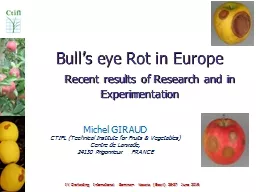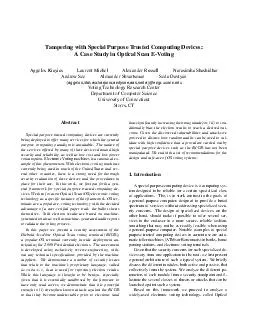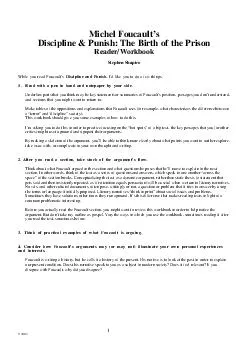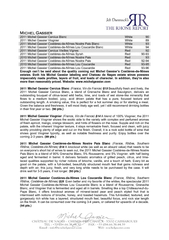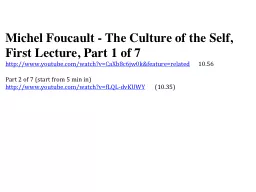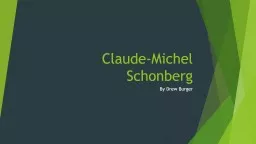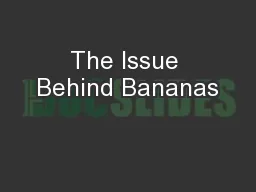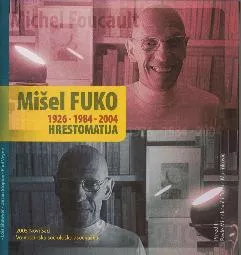PPT-Michel GIRAUD CTIFL
Author : alexa-scheidler | Published Date : 2019-11-29
Michel GIRAUD CTIFL Technical Institute for Fruits amp Vegetables Centre de Lanxade 24130 Prigonrieux FRANCE Bulls eye Rot in Europe Recent results of Research
Presentation Embed Code
Download Presentation
Download Presentation The PPT/PDF document "Michel GIRAUD CTIFL" is the property of its rightful owner. Permission is granted to download and print the materials on this website for personal, non-commercial use only, and to display it on your personal computer provided you do not modify the materials and that you retain all copyright notices contained in the materials. By downloading content from our website, you accept the terms of this agreement.
Michel GIRAUD CTIFL: Transcript
Download Rules Of Document
"Michel GIRAUD CTIFL"The content belongs to its owner. You may download and print it for personal use, without modification, and keep all copyright notices. By downloading, you agree to these terms.
Related Documents

